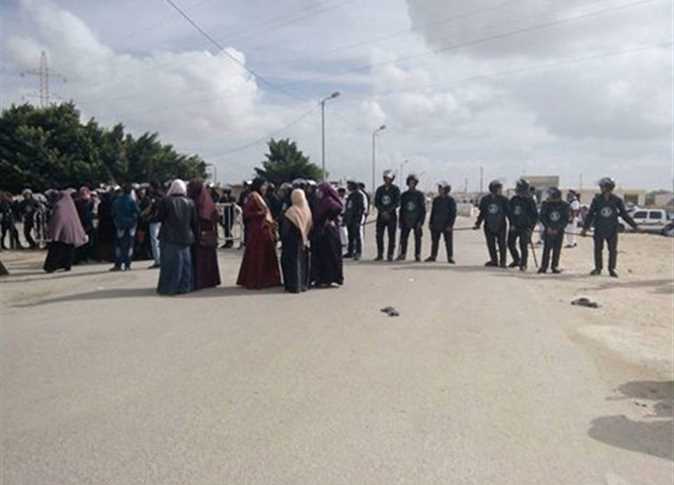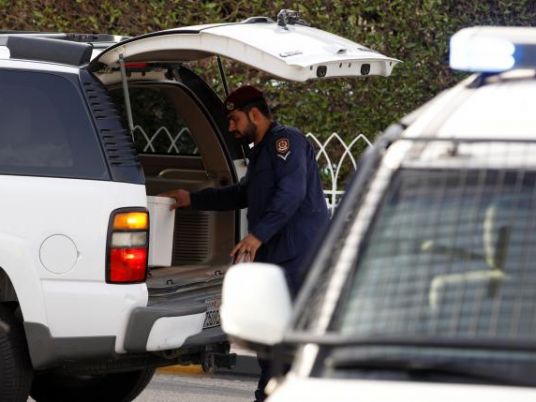Gruesome details have emerged about the crisis in al-Qata prison, where guards were reportedly still shooting at inmates just days ago. Prisoners have told stories of dead and decomposing bodies being left in cells for up to four days after guards allegedly went on a killing frenzy following the 28 January demonstration.
Staff went from cell to cell firing shotguns and live rounds at random, according to testimony prisoners gave to human rights researchers.
There are no confirmed casualty figures, but according to the Egyptian Initiative for Personal Rights (EIPR) as many as 70 people may have been killed and hundreds more injured.
Inmates at Giza prison told stories of wrapping dead bodies in blankets for days because guards would not allow them to be removed.
One distraught relative told EIPR she had recently been contacted by the prison authorities and informed that her son had been dead for days.
A prisoner reported that inmates were forced to catch and eat cats because there was no food and the kitchen had burned down.
The most recent report of shooting against prisoners was on Saturday when inmates tried to take some of the dead bodies to the main gates.
There were also problems this week when relatives tried to visit the prison, according to testimony given to EIPR. Relatives reported that prison guards fired on them after scuffles broke out because authorities were allegedly slow to allow family members to enter for visits.
A prisoner who spoke to EIPR said: “After the violence started all the prison guards went to the towers and left us on our own. They cut the water and electricity, and anybody who tried to go out and get water was shot at.”
It is still unclear how the unrest started, though EIPR said it has been suggested the alleged mass killings were a collective punishment after General Mohamed al-Batran was killed following clashes between prisoners and guards.
Last week EIPR filed a complaint with the Public Prosecutor on behalf of 11 al-Qata inmates asking for an immediate investigation into events at the prison. The complaint alleges “grave abuses,” including the disruption of water and electricity for a week and the placement of corpses in the prison yard to “intimidate” other inmates.
The disturbances at al-Qata were just one in a series of flare-ups and mass escapes at facilities across the country since 28 January.
But the exact nature of what took place–or indeed exactly how many prisons were affected–remains one of the murky aspects of the 25 January uprising.
It is unclear whether the majority of the escapes were a spontaneous reaction to the demonstrations or whether there was any serious level of government collusion.
According to Magda Boutros, an EIPR researcher who is investigating al-Qata, at least six or seven facilities around the country were affected.
“We have heard conflicting accounts," Boutros said. "My own feeling is that in some of the prisons the prisoners were trying to escape and were helped by relatives on the outside. In others the guards opened doors and said 'You’re free to go.'”
Joe Stork, a researcher for Human Rights Watch (HRW), agreed that the picture is still very unclear, but said the consistency of reports he has been hearing about the prison breaks is “disturbing”.
He revealed that at the Abu Zaabal prison in Cairo there have been reports of groups of Bedouins breaking down a wall to facilitate escapes. It was unclear whether they were looking for specific prisoners or not, he said.
Stork added that HRW had received a report of masked men entering the premises of Wadi Natrun prison, north of the capital, and ordering inmates to leave. One prisoner reported seeing a uniform under one of the men’s clothes.
“At the moment all of these reports are just allegations, but the consistency is pretty disturbing,” said Stork.




